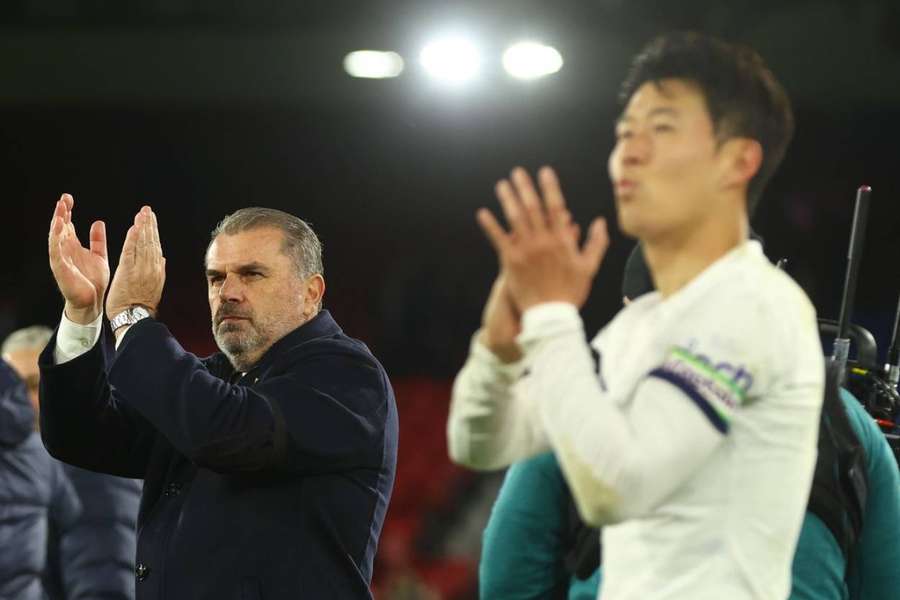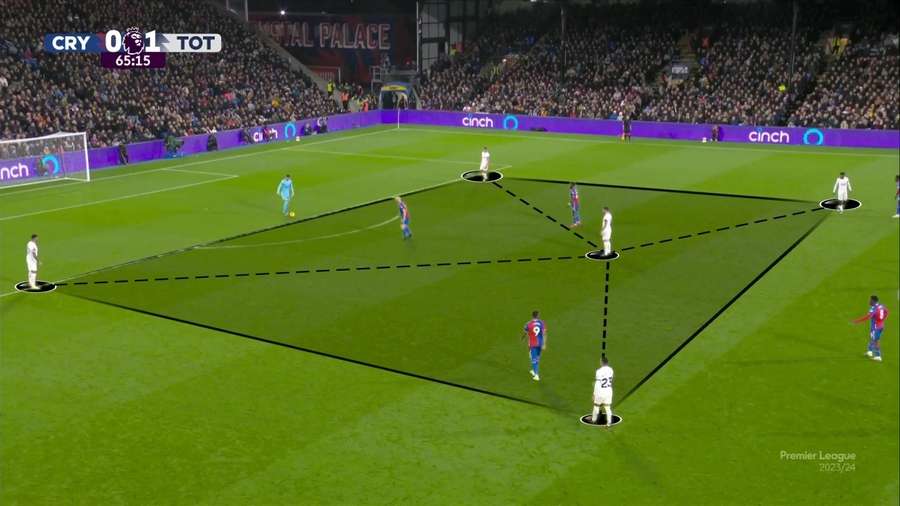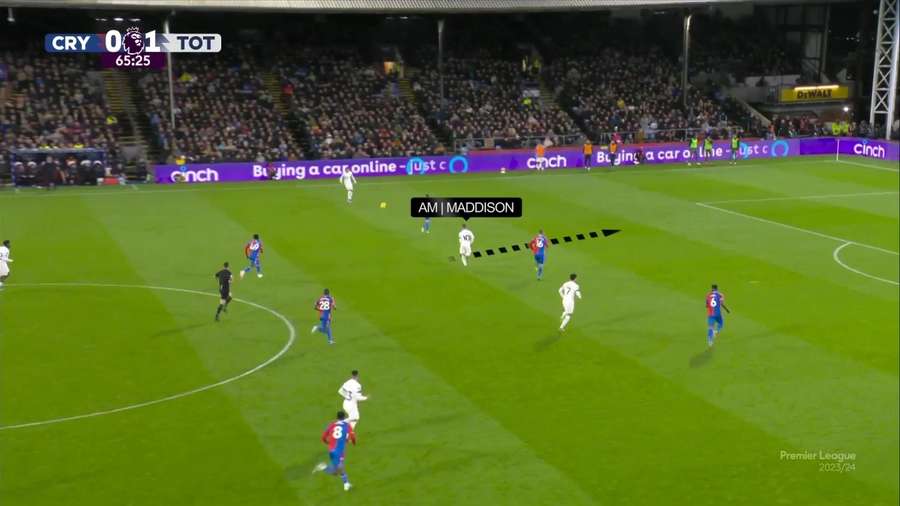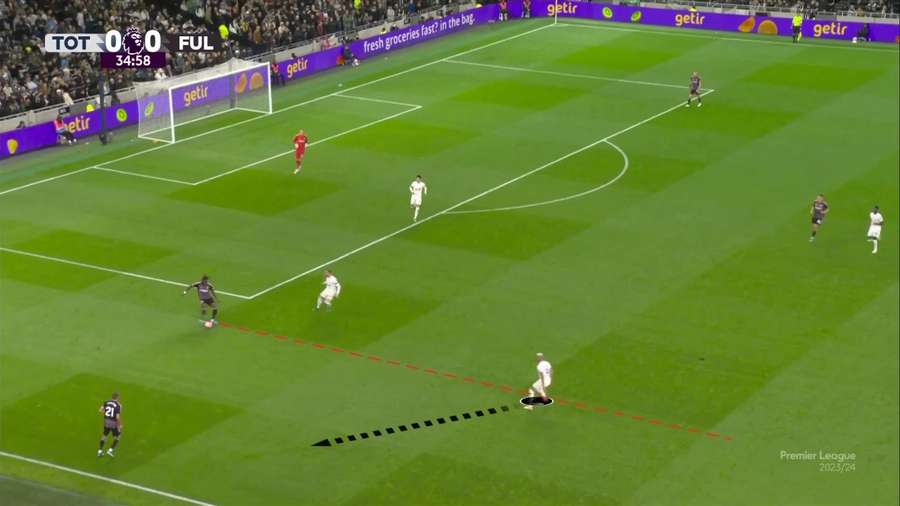Data-driven Manager of the Month: Ange Postecoglou - The mastermind behind Spurs' revival

Great offensive football is being played in North London and Spurs are leading the table after the 10th round of the Premier League.
Thanks to this, Postecoglou has been named as the Manager of the Month according to analytical data supplied by our collaborators at 11Hacks.
'Angeball' has been praised by fans and experts alike and is working a charm in the best league in the world. The style of play of the current Tottenham is very intense under the Australian, especially in the final third of the pitch. Spurs dominate both the statistics of the total number of shots and passes (excluding crosses) directed to the area no more than 20 metres away from their opponents' goal.
They are the most intense pressing team and, along with Brentford, Arsenal and Manchester City, have the highest percentage of success in collecting deflected balls in the final third. Nearly 29% of all their ball possession leads to entry into the penalty area (whether it's by cross, pass or run), the second-highest figure behind Manchester City. At the same time, they are the team that penetrates the penalty area with crosses the least in the entire Premier League.
Postecoglou's philosophy in the midfield is minimal width in its first and second phases, followed by vertical play through the middle in transition. The structure of his midfield is a 2-1-2 box with a pivot inside to create short-range triangles in order to outnumber the opponent in a condensed area.

In Spurs' structure, the two wing backs play a big role, inverting into the centre of the midfield towards the position of an eight. However, the right full-back Pedro Porro certainly does not act as a classic inverted full back in a pivot position but rather he drives into the space between the lines, where he can directly cooperate with the striker.
In general, a rotation works in their passing game, wherein the defensive midfielder swaps places with the full-back, deliberately staying both compact with minimal width. With Porro moving in the space and between the lines, the team is presented with several options to move into the final third. The ideal outcome of this vertical play is Porro taking the pass from deep, his subsequent run and pass feed Son in behind the defence.

That being said, Tottenham try to apply a vertical transition through the middle of the field in the transition phase into the final third. The players create space for each other through their movement but, at the same time, remain compact in the middle of the field by trying to reduce the distances between them as much as possible while creating an overlap in a concept called a 'box midfield,' a sort of central square. Son Heung-Min also joins in from his position as the striker.
In the final third, it is very important for Ange to keep his wingers wide. A frequent occurrence is playing up the wing and then passing to the full back, who charges behind the defence between the stopper and the left/right back. This happens mainly on their left side, where both Destiny Udogie and Ben Davies make these runs.

A hugely important man in the current team is James Maddison. Postecoglou has allowed him a great deal of freedom of movement, which in an otherwise rigid system brings a great deal of unpredictability in dealing with attacking situations and an element of difference.
Maddison is a mobile number 10 who has no problem going on runs behind the defence, switching places with Son up top or, conversely, dropping deep into the midfield and getting involved in the build-up.
The congested midfield, through which Tottenham bind the entire block of their opponent, helps Maddison to create his own space between the lines or on the fringes of the block. His skill lies in the way he can open up the defence with a through pass, a cross, a run into the cutback zone or by dribbling up the middle followed by a finish.

Tottenham's play in the opposition penalty area is very varied thanks to Son's incredible ability to find space and the timing of his runs. Together with Maddison, they make an ideal duo because they never do the same thing. When Maddison goes in behind the defence on the break, Son stays in space to take the return pass and vice versa. When Son goes to finish at the near post, Maddison ghosts in at the other end.
Tottenham's game isn't just about attacking, though. One of the team's other strengths is pressing without the ball.
The press starts with Son and Maddison and they try to push the ball out to one of the centre backs. This is the trigger for the trap, which consists of man-marking on the heavy side, with the primary job being to defend the switch into the opposite zone.

Richarlison and Dejan Kulusevski, respectively, execute this task to perfection and when they defend the cross-field pass, the stoppers are often under pressure from either Son or Maddison and have to play a pass to the only open player down the line. This triggers the second phase of the press, in which the winger and the pressing forward close that player down at the sideline.
It's an impressively well-executed system and there's a reason why, after 10 rounds, Spurs are top of the Premier League under Postecoglou.
